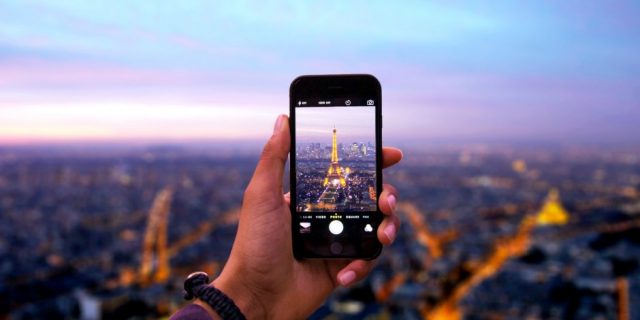Influencer marketing is about a brand using the influence of an individual to spread the word about their offer to help influence the behaviour of potential customers.
There are a diverse number of influencers in travel and tourism, from bloggers, destination journalists, Instagram celebrities, to passionate local residents – to achieve effective influencer marketing for tourism it’s essential to target those key individuals that will have a relevant, wide reach.
If you’re thinking what’s the point of influencer marketing? Well travel and tourism brands can leverage social influencer recommendations to help achieve specific end goals such as regenerating leads or increasing sales by expanding their brand’s footprint in new and existing markets.
Influencers can use multiple platforms and different tactical measures to engage advocates. Above all, when selecting an influencer, their message must align with the destination’s brand values, so ensure you do a thorough background check on your shortlist.

influencer marketing
Top 10 tips for a successful tourism influencer marketing campaign
1. Find your influencers – determine the words or phrases that the influencers/people you want to find might use in their content, for example, do they make destination comparisons, mention more than one location, isolate mentions about a specific resort – you can use social media monitoring too to track and research this sort of activity.
2. Frequent or relevant – when creating your wish list of tourism influencers, determine if you want to target those that have strong relevance/talk regularly about your brand, but have a low profile or talk occasionally about your brand, but have a high profile – for example do their followers provide a relevant, valuable audience for your destination?
3. Audience engagement – look for 5-10% engagement on your chosen influencer posts, see how they have built their community; so several thousand followers might actually be a better influencer than one who has a few million; an influencer with a huge following could just respond in one-way communication and may not commit to a set amount of content over a certain period.
4. Brief – establish a brief with your influencer that has specific objectives and tactical angles to engage advocates, agree the content over a number of weeks in advance; this will succeed if you have conducted thorough research and listened to stakeholders involved in your influencer marketing campaign.
5. Measures – be clear about the measures, prioritise what you want to achieve from your influencers: do you plan to measure awareness or extend your content reach by tracking online mentions; increase your tourism brand profile or trust by increasing number of Twitter followers or Facebook likes?
6. Social media – consider which platforms has the most significant authority or reach for your destination; Facebook influencers can share more detailed content to include images and video and Twitter is an effective burst broadcast platform, yet has limited SEO benefits, but both have the potential to secure a high level traffic.
7. YouTube – the travel and tourism sector lends itself naturally to YouTube’s visual impact, you can get a feel for the location before you commit to visit, plus it has the engaging ability to generate reviews or comments from the right travel audience, for example this worked well for Marriott partnered with YouTuber Jeana Smith from PrankVsPrank amongst others.
8. Travel bloggers – according to a Brandwatch study, 6.7 million people blog and 77% internet users read blogs regularly, blogs high volumes of content and generally a long shelf life actively exchanging expert knowledge and advice in a targeted community for example on the travel blog Landlopers.com.
10. Influencer ambassadors – after you have completed your influencer campaign consider those trusted individuals that could be potential ongoing ambassadors for your brand, if they have invested in the time to become an influencer their daily reach and authenticity is valuable.
Content shared online by tourism influencers can go viral so be prepared for this to reach wide global communities, this of course will depend on the credibility and calibre of the influencer and how well your campaign has been planned and executed.
We hope that you’ve found these tips useful and will be able to help you find the right travel and tourism influencers. Remember not to overlook the local influencers who often produce regular reliable content about your chosen destination.
We’re interested in your insights and thoughts on Influencer marketing in tourism, have your say on Twitter or comment below.
alexandrapatrick provides original, cost-effective strategic marketing services in Kent, UK. alexandrapatrick has particular experience and expertise in digital marketing, copywriting, marketing consultancy and location/destination marketing.
If you’d like to find out more about how we could support your brand needs, email info@alexandrapatrick.co.uk or contact via Twitter.

